Tarocco Genovese
The idea behind the Tarocco Genovese stems from the awareness that tarot cards first emerged in 15th-century Italy as an extension of standard playing card decks. As confirmed by historical sources and recent studies, Liguria has long been a hub for tarot card production and a region where tarot games have remained popular over time..
Like the Genoese Tarot released in 2022, this deck celebrates Genoa’s long and often overlooked tarot-playing tradition, blending the elegance of classic Genoese playing cards with the alluring imagery of the Tarot de Marseille.In particular, the Tarocco Genovese is a 79-card bridge-sized deck, including 21 trumps, 16 court cards, 40 numerical cards, plus a Fool and an Invexendon – a tribute to an unnumbered trump mentioned by Sir Michael Dummett in his list of Unresolved Problems Concerning Tarot and Italian Cards. The set also includes a companion booklet written by Jean Maillard, who co-created the project.
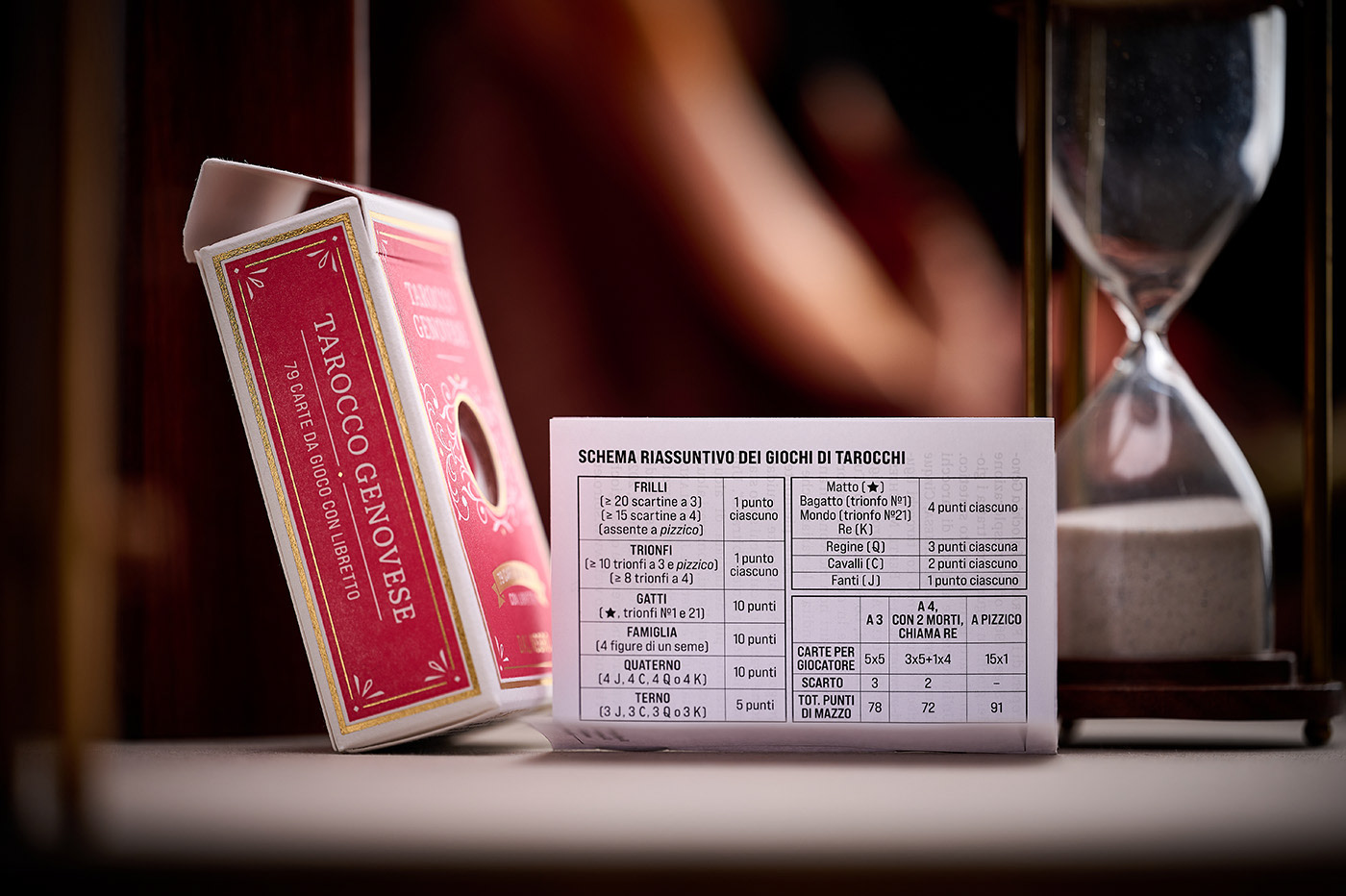
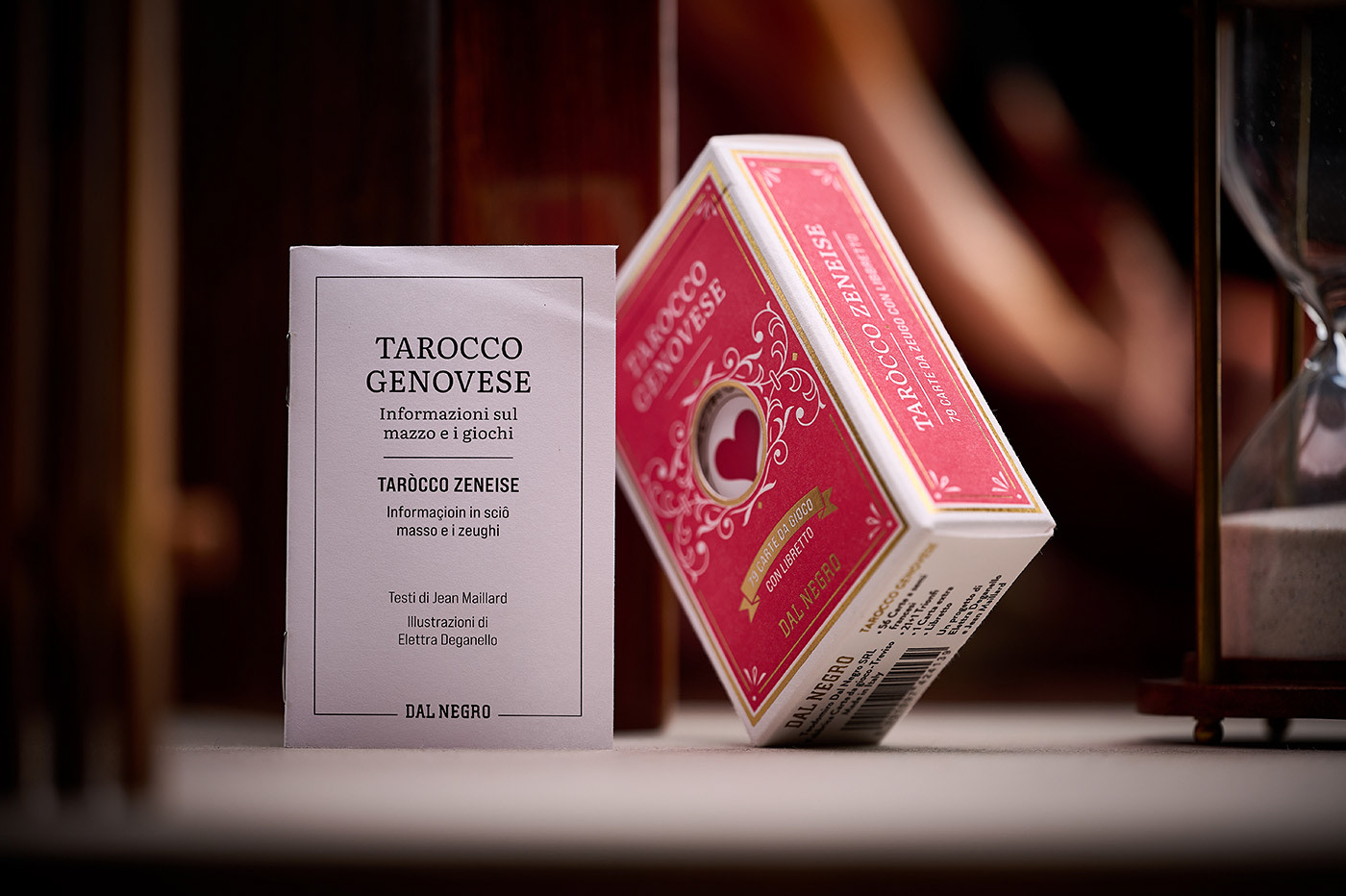
The revised edition, published and printed in Italy by Dal Negro, introduces several innovations, among which new suits, all four illustrated aces, and more. Notably, the updated colour palette – inspired by an 1830 Tarot de Marseille printed by the Recchi brothers in Oneglia, Liguria (now part of Imperia) – stands out, marking a clear departure from the previous edition.
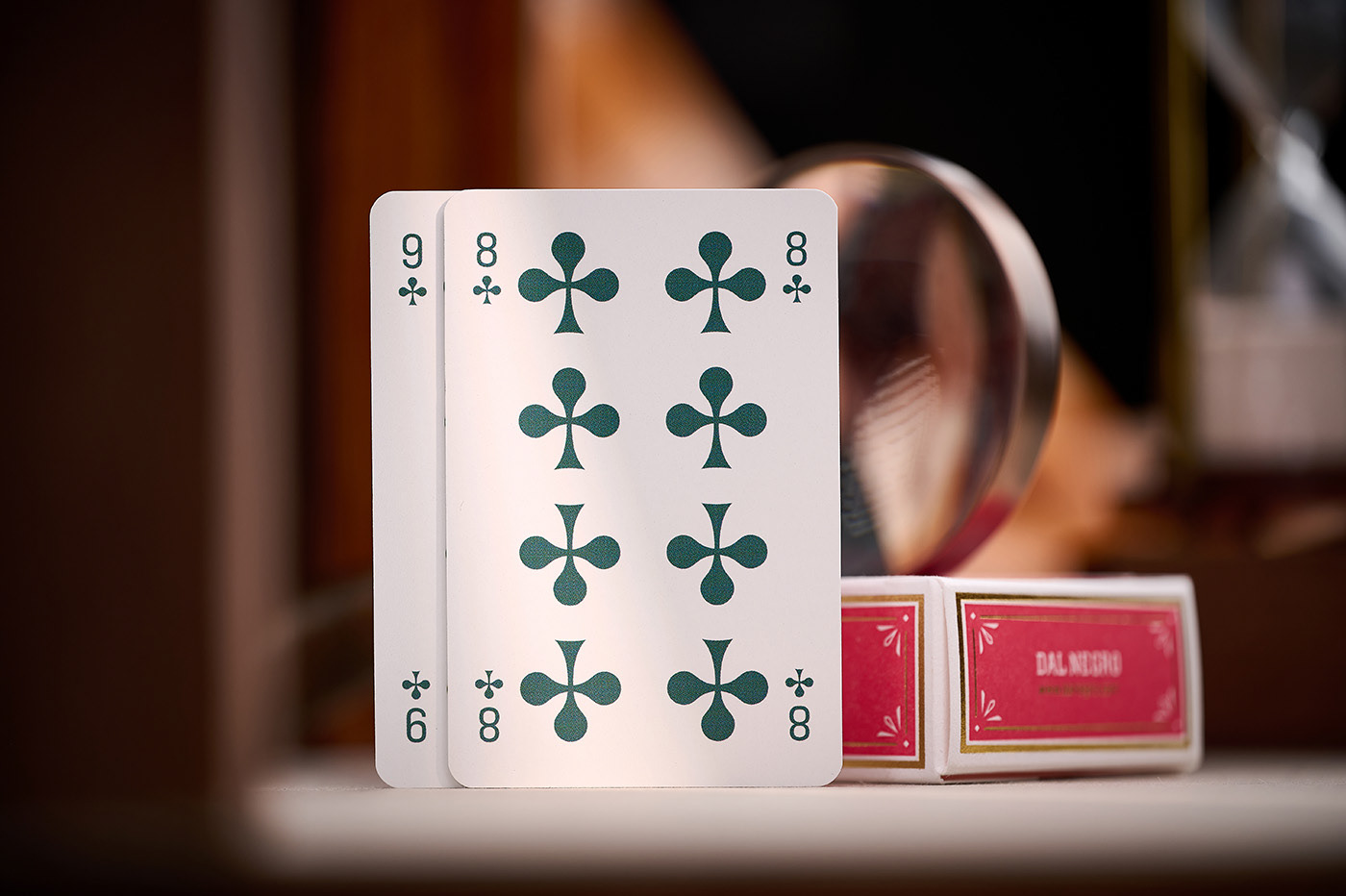
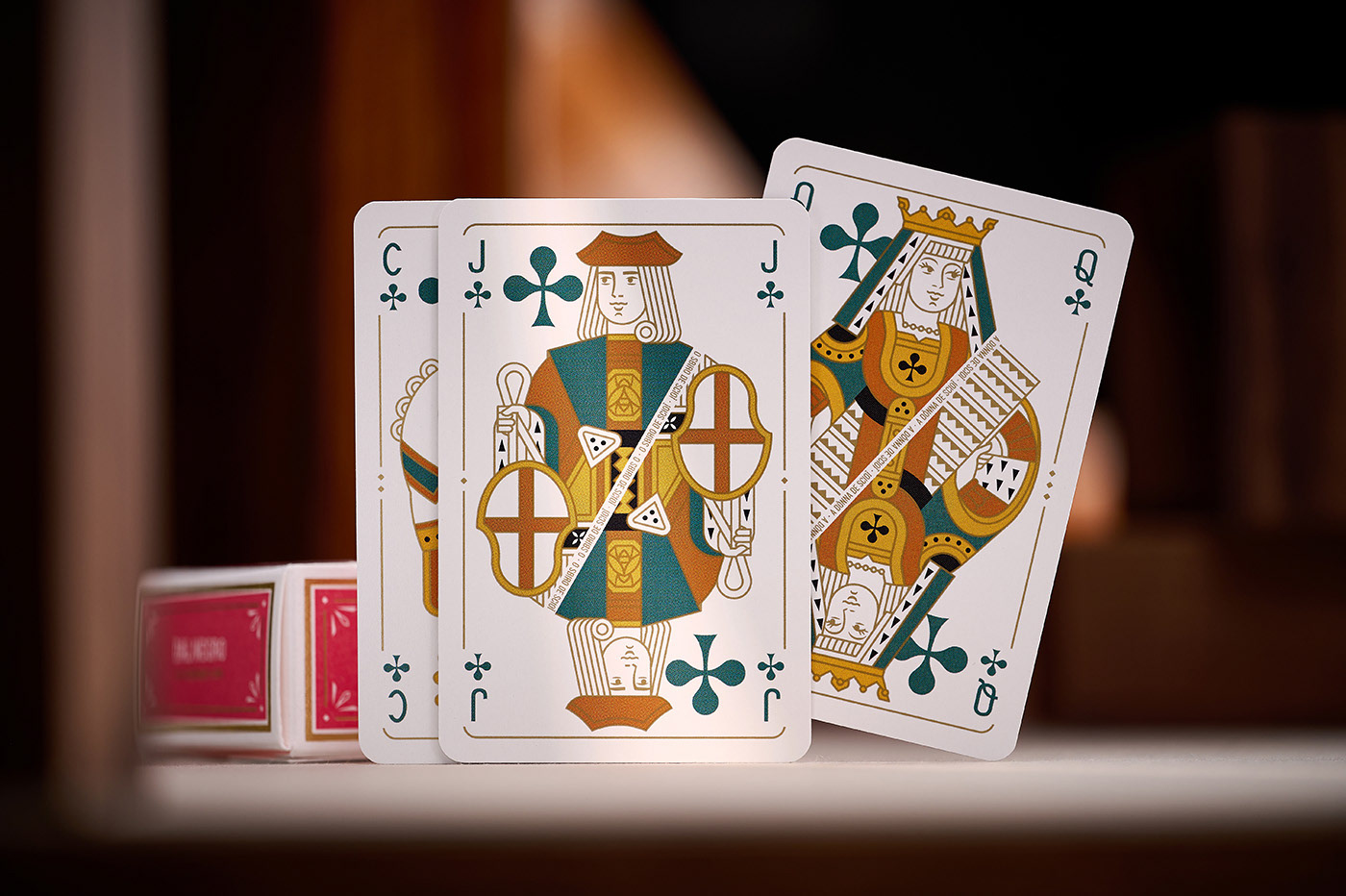
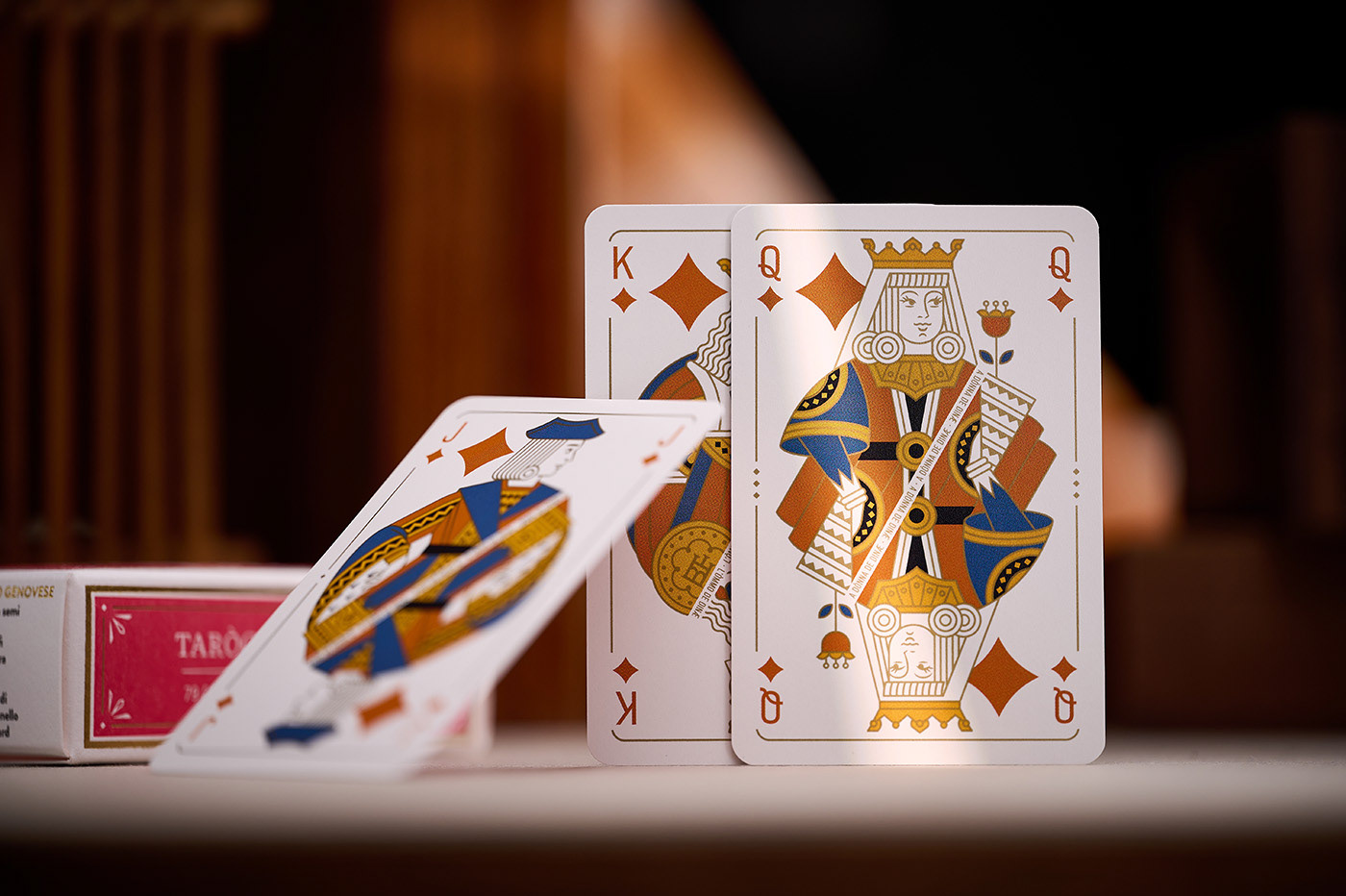
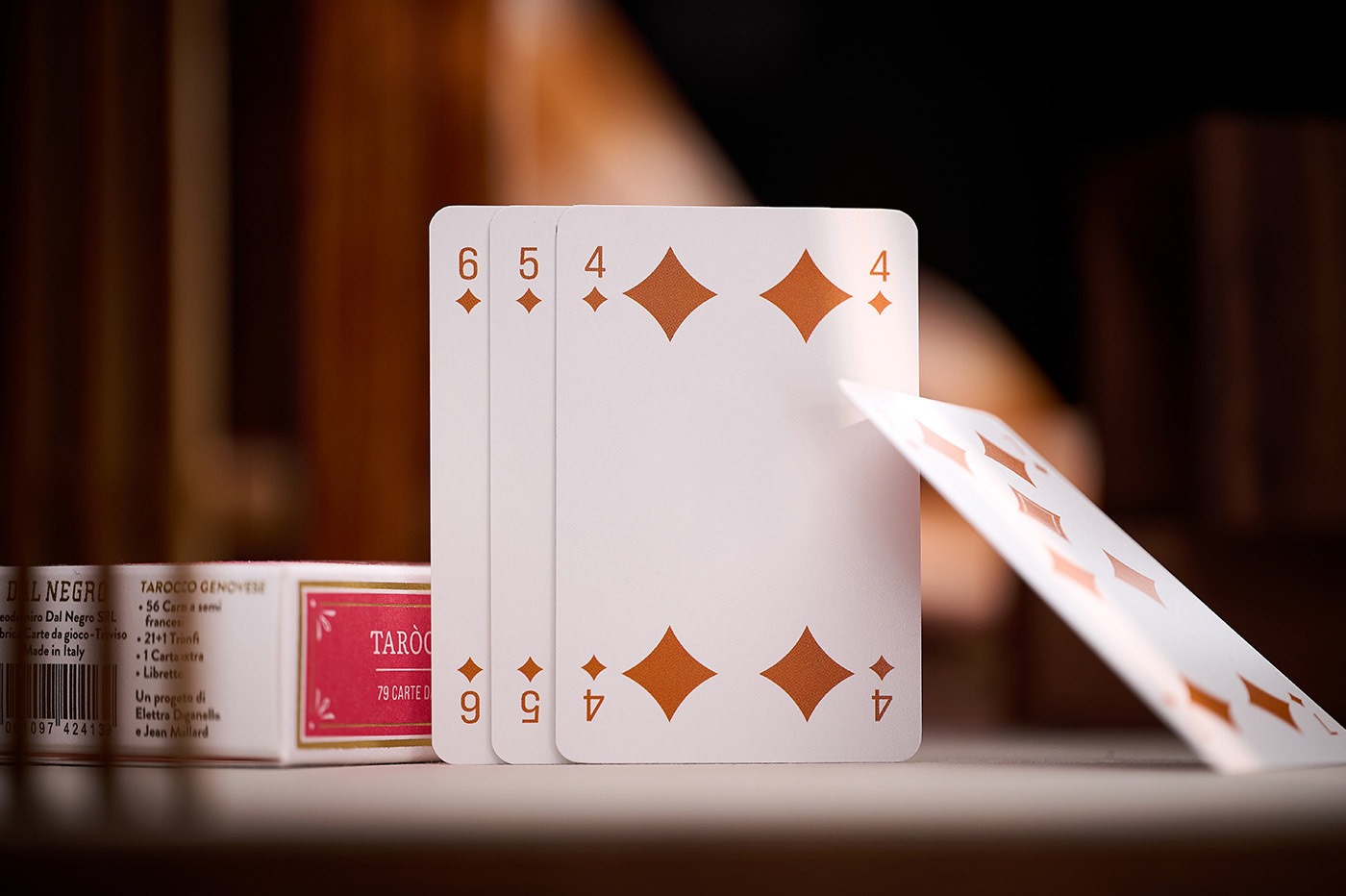
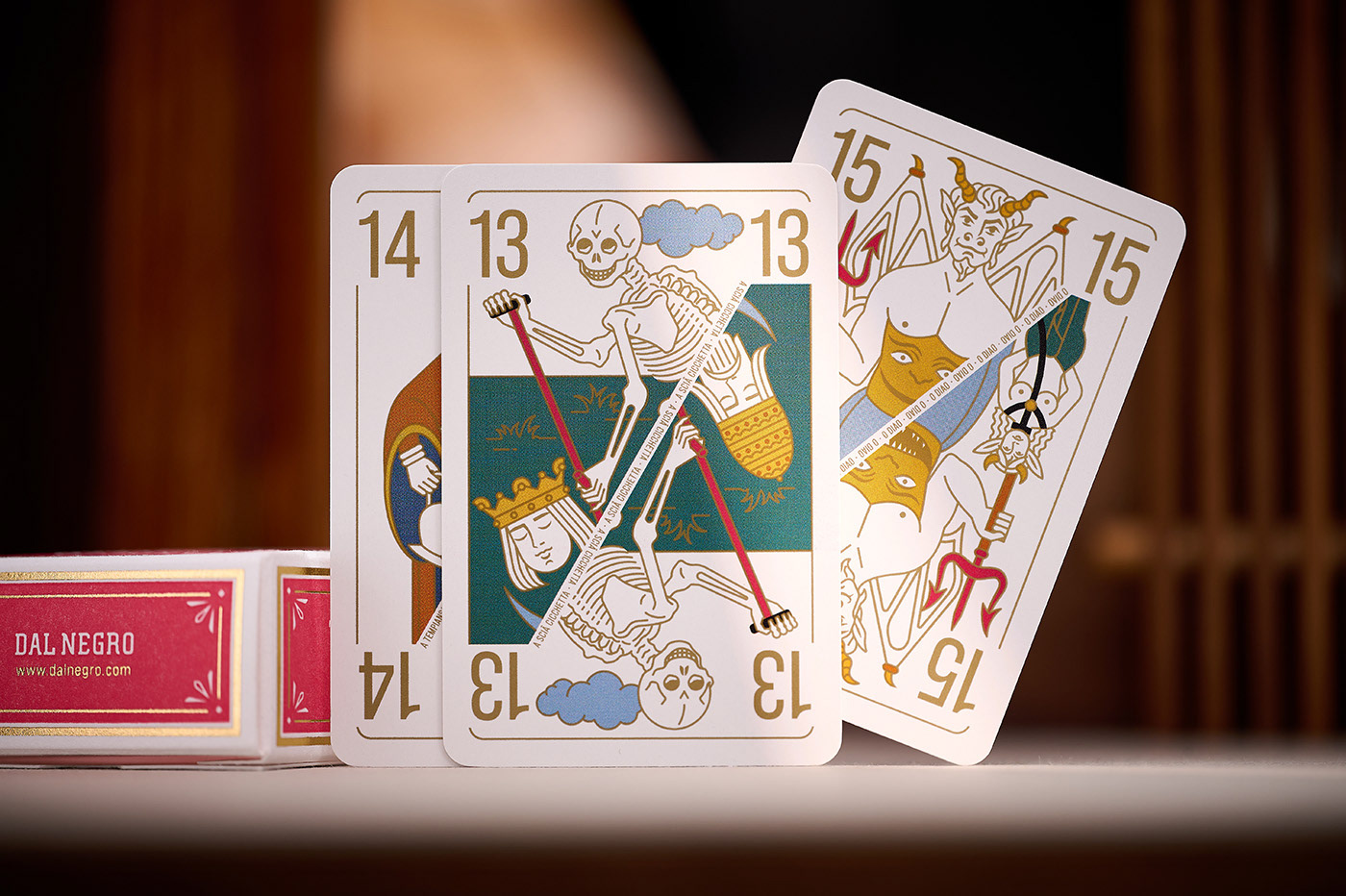
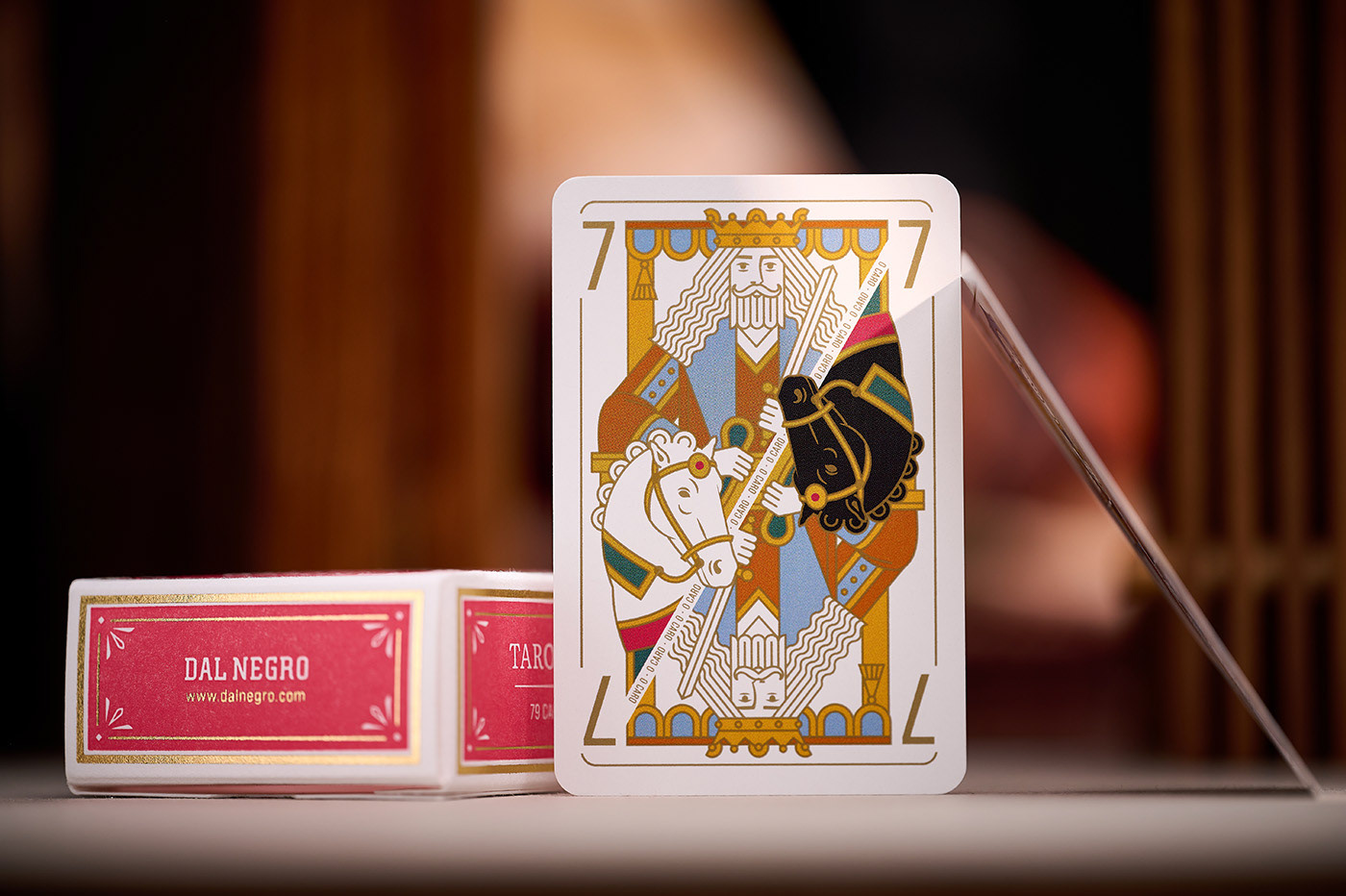
The Ace of Hearts, being the most prominent of the four aces, draws inspiration from a Bolognese tarot made by Genoese cardmaker Solesio in the 1820s and pays homage to the historical tax stamp once required on playing cards. The design incorporates an image of Janus, accompanied by the Latin inscription: Janus, primus rex Italiae de progenie gigantum, qui fundavit Genuam tempore Abrahae (Janus, first king of Italy from the race of giants, who founded Genoa in the time of Abraham) – a direct reference to an inscription from Genoa’s San Lorenzo Cathedral.
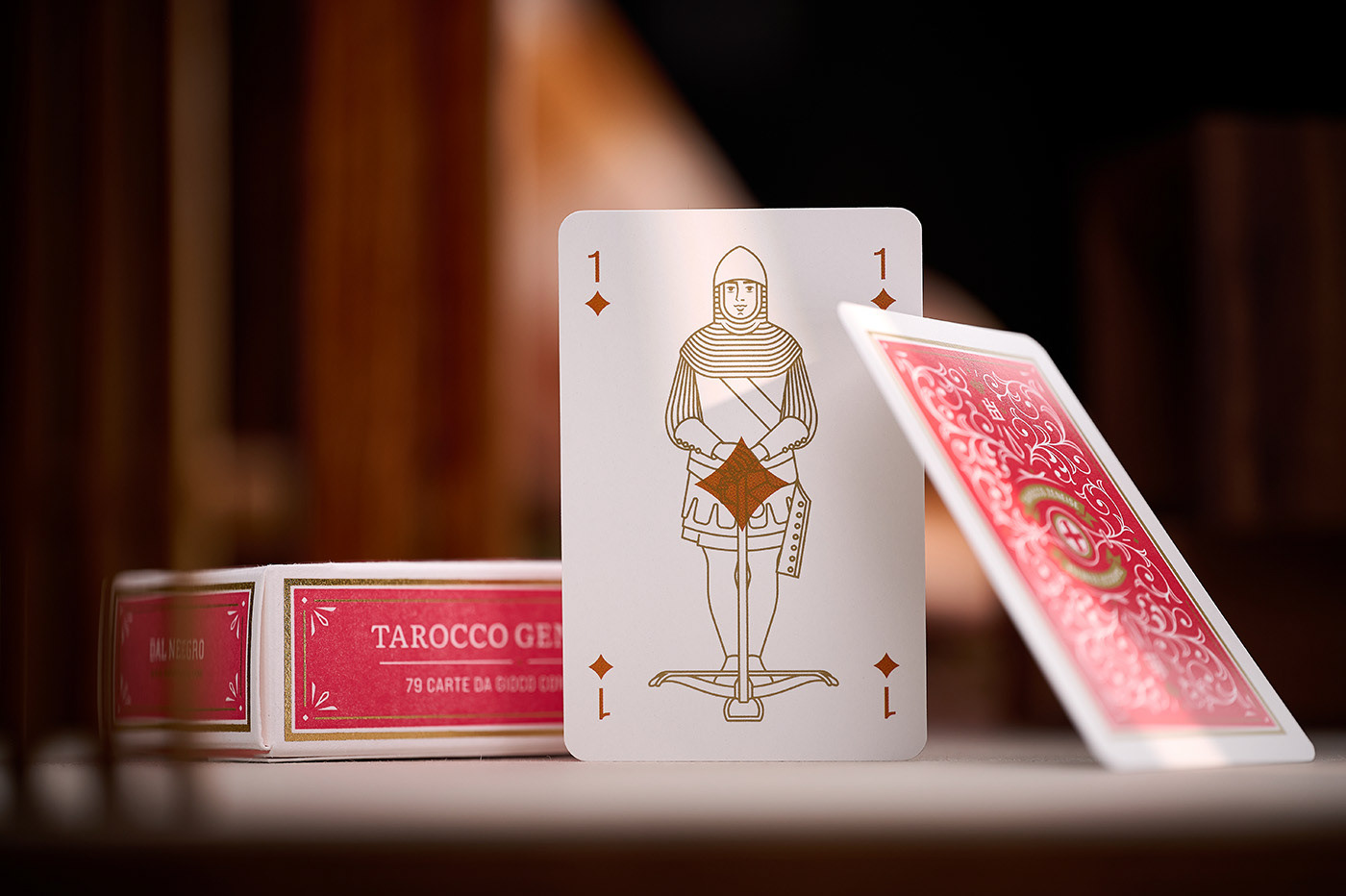
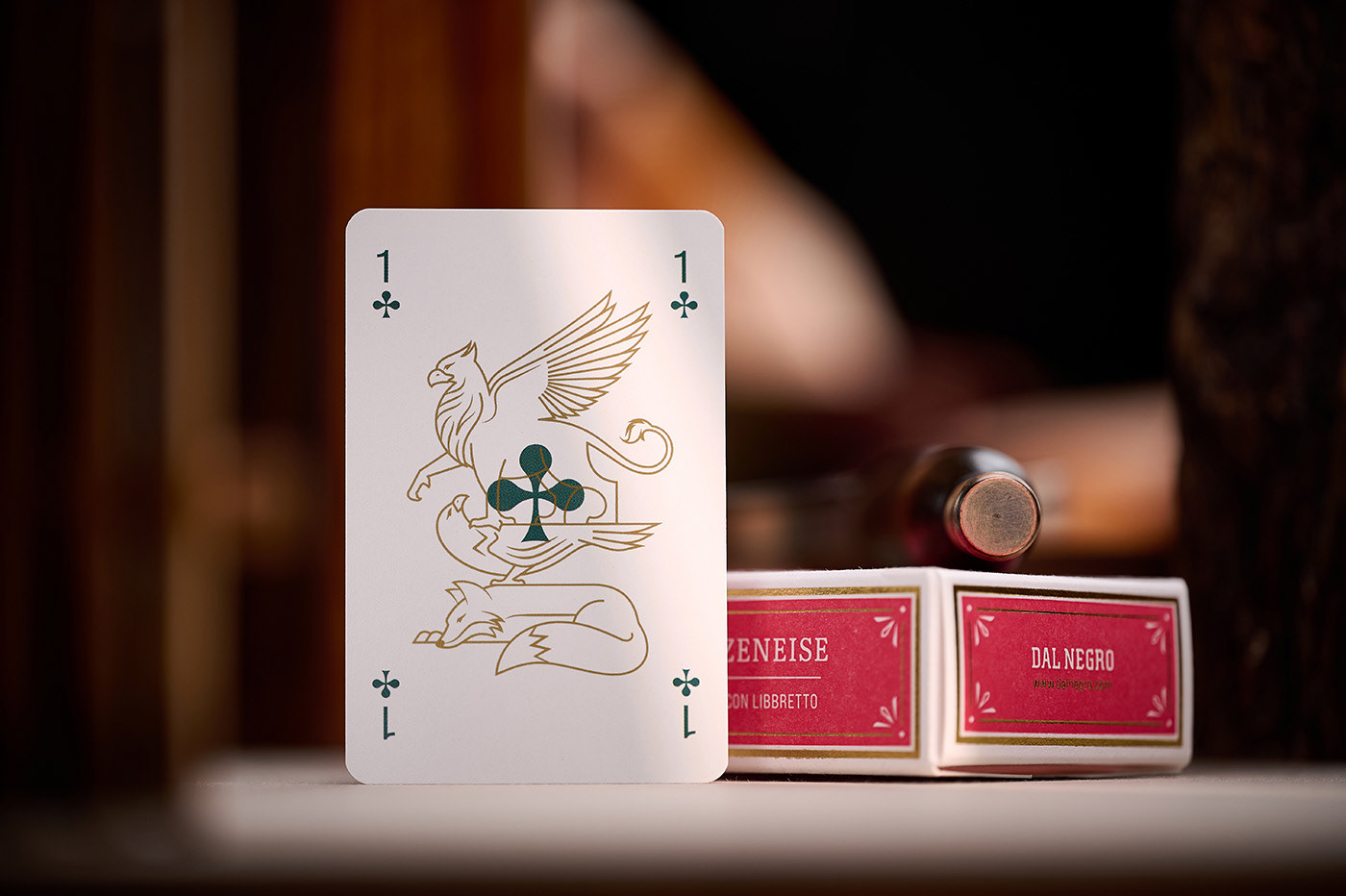
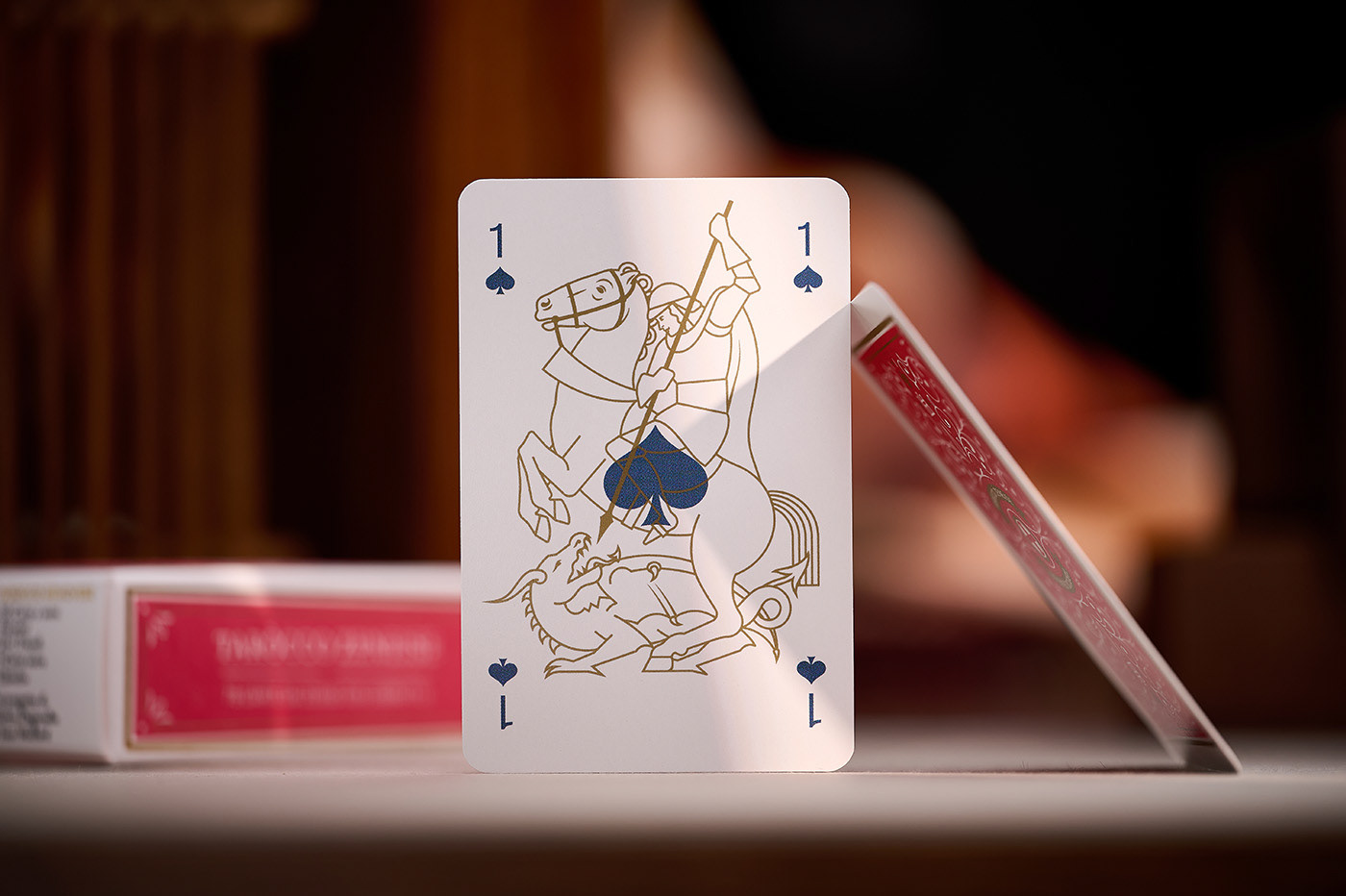
The card backs echo the design of the Ace of Hearts, with the iconic cross of St George at the centre.
The packaging, crafted in Italy by Boschiero & Newton, is made from high-quality cotton paper using letterpress and foil techniques.
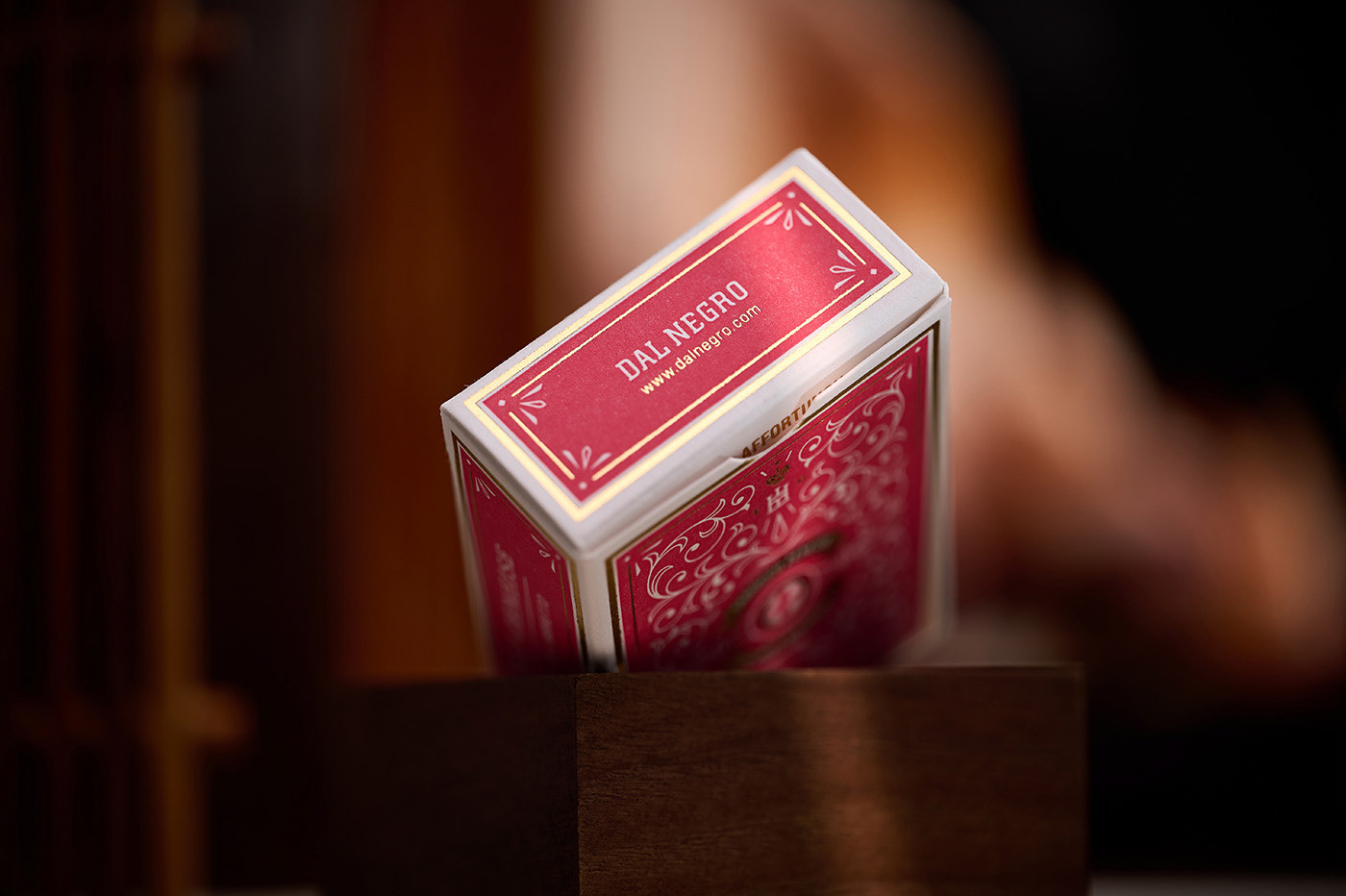
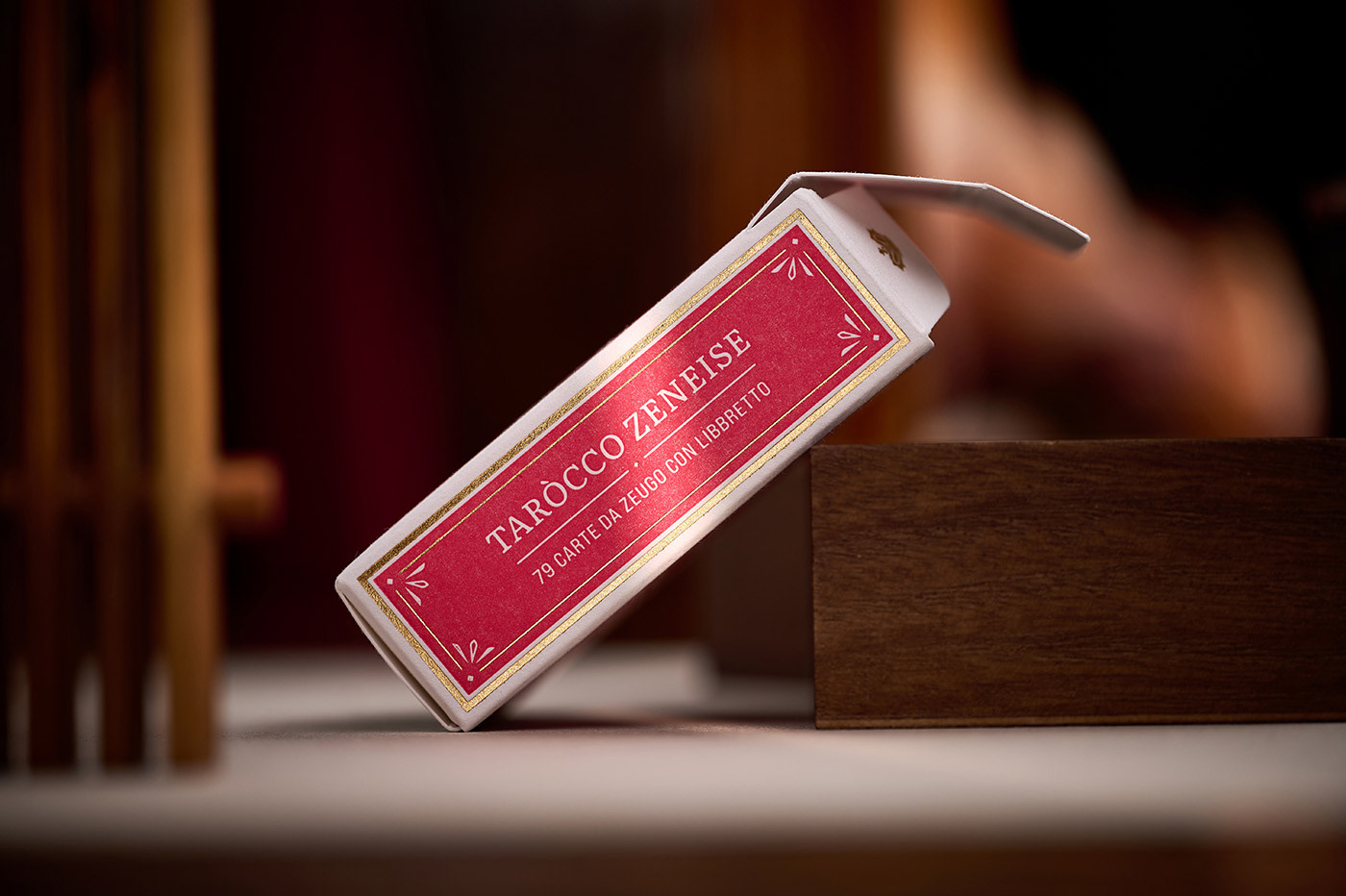
Megio affortunou che ricco
Photography ©Richard Arturo